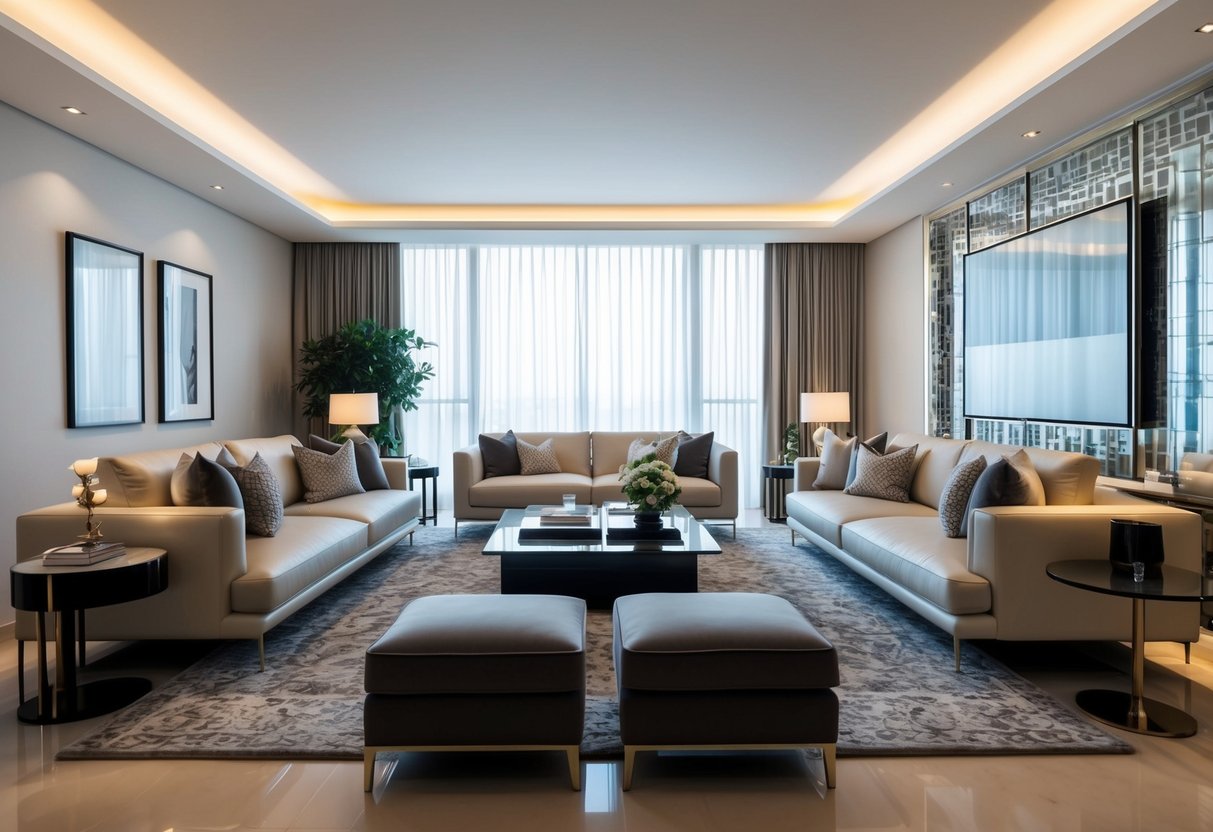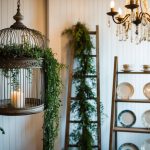Exclusive Chic on a Budget: Splurging Where It Counts
Navigating the world of fashion can feel overwhelming, especially when balancing style with budget. Many believe that high fashion requires an equally high expense, yet that’s not necessarily true. The key to achieving an upscale look without breaking the bank is knowing precisely where to allocate your funds.
Investing thoughtfully in certain elements of a wardrobe can elevate an entire look. These essential pieces, often dubbed wardrobe staples, include items like a classic blazer, a well-structured handbag, or a timeless pair of shoes. Each can serve as a focal point, drawing attention and lending an outfit an aura of sophistication.
On the flip side, there are aspects of fashion where spending less can still yield impressive results. Accessories like scarves, trendy jewelry, and seasonal pieces are ideal for cutting costs. By mixing investment pieces with more affordable options, anyone can enjoy the elegance of chic style while maintaining a practical budget.
Understanding the Psychology Behind Spending

Spending behavior can be heavily influenced by psychological factors. People often experience a strong pull towards immediate satisfaction while trying to distinguish between desires and necessities.
The Allure of Immediate Gratification
Immediate gratification is a powerful motivator in consumer behavior. This desire is driven by the brain’s reward system, which releases dopamine when a person acquires something new or satisfying. This biochemical reaction reinforces the behavior, making impulse purchases more likely.
Retailers capitalize on this by offering limited-time promotions and showcasing desirable items prominently. Shopping environments are often designed to stimulate emotional responses, encouraging spontaneous purchases. Understanding these tactics can empower consumers to resist impulse buying. Recognizing the psychological triggers can help individuals make more informed purchasing decisions, aligning their spending with long-term goals rather than short-term desires.
Balancing Wants and Needs
The distinction between wants and needs often becomes blurred. Needs are essentials required for basic functioning, while wants are non-essential desires. Advertisements often target emotions, making it challenging for consumers to differentiate between the two.
Budgeting can be an effective strategy in maintaining balance, as it helps prioritize necessary expenses while allowing room for occasional indulgences. Educating oneself about the influence of marketing strategies plays a crucial role, as it enhances self-awareness regarding spending habits. Consumers can develop a more intentional approach to spending, leading to greater financial stability and satisfaction in their purchasing choices.
Setting Your Budgeting Principles

Balancing style with affordability requires strategic financial planning. Choosing where to splurge and where to save is key in creating a chic wardrobe without overspending.
Allocating Funds Wisely
Identifying clear financial limits is the first step. It helps to categorize expenses, distinguishing between essential and non-essential purchases. Creating a dedicated fashion budget ensures that spending remains within acceptable limits. This involves assessing personal income and setting aside a portion specifically for fashion.
Tracking spending habits regularly can highlight areas where savings can be made. Discovering chances to utilize discounts or sales offers can further stretch the budget. Mixing high-quality items with more affordable pieces can create a wardrobe that offers both luxury and practicality without drowning in expense.



